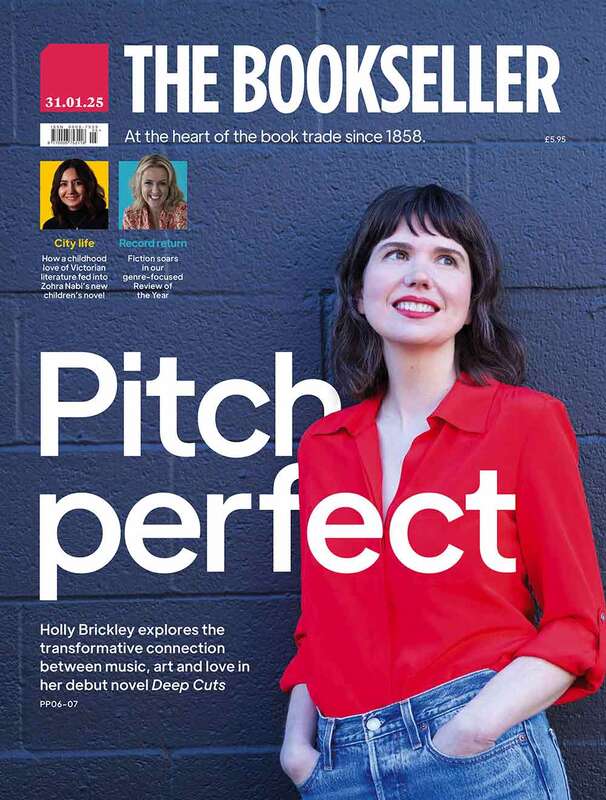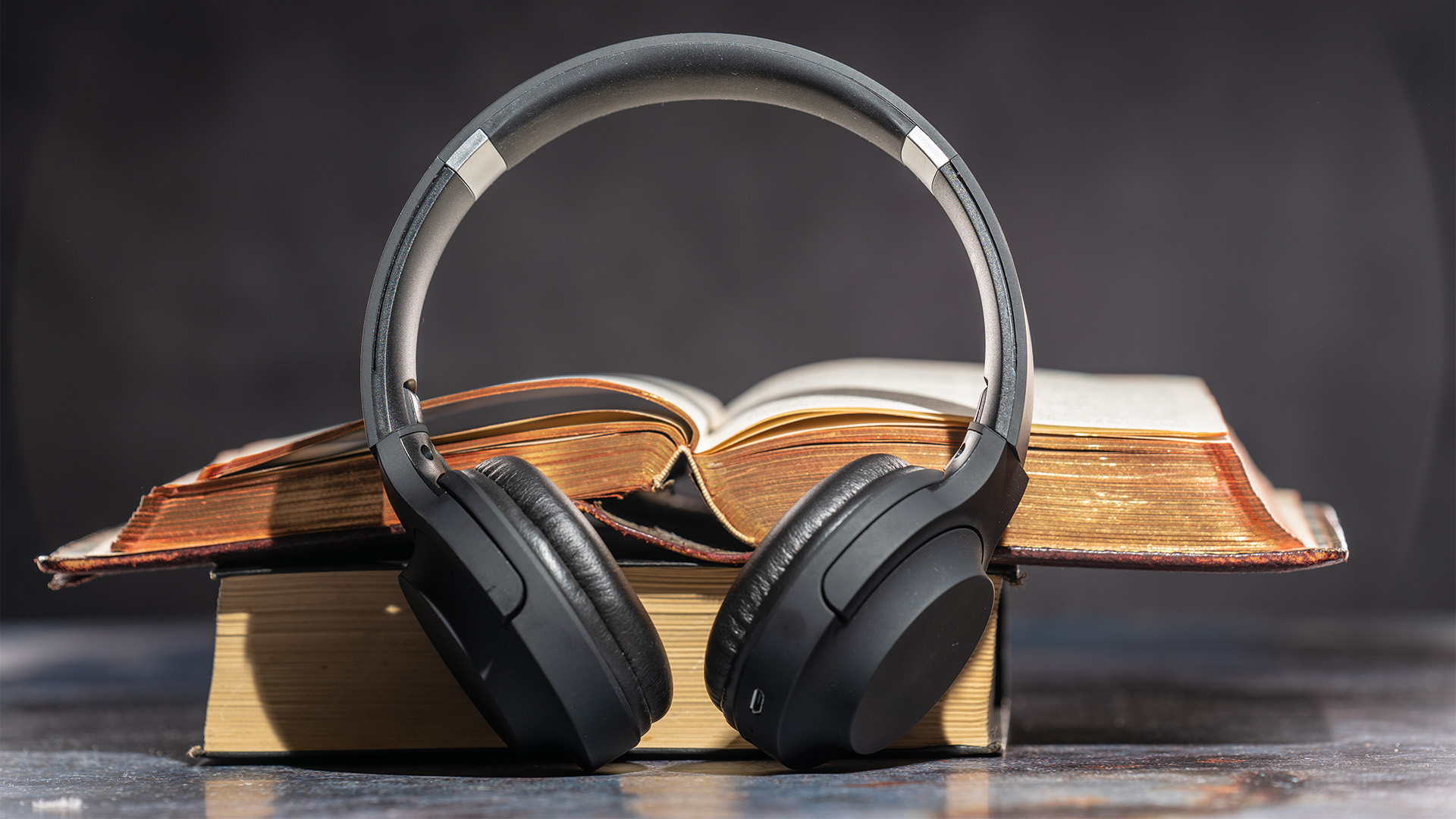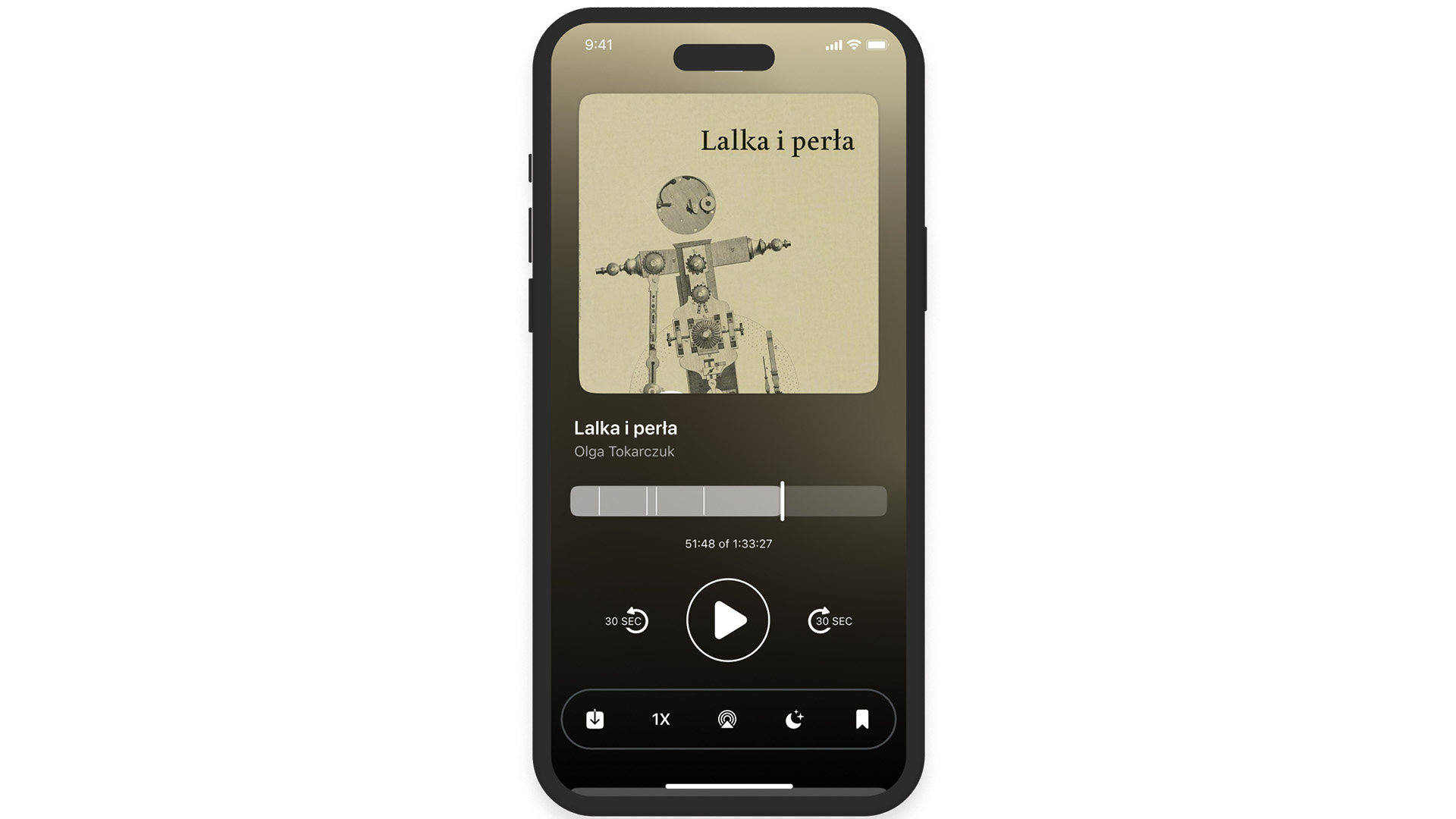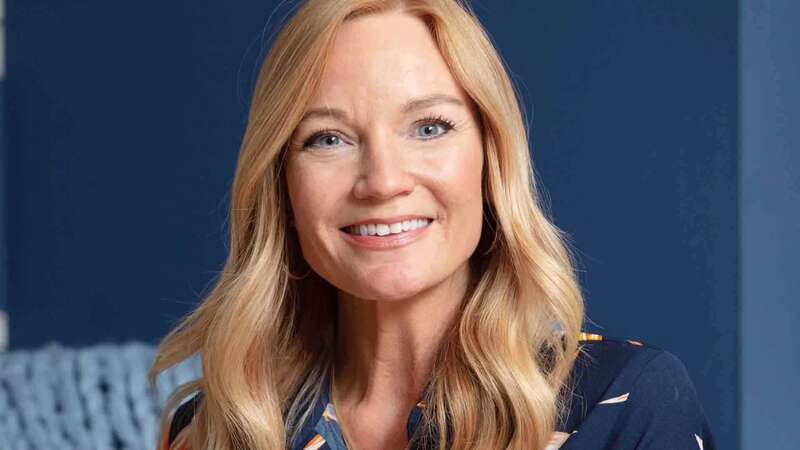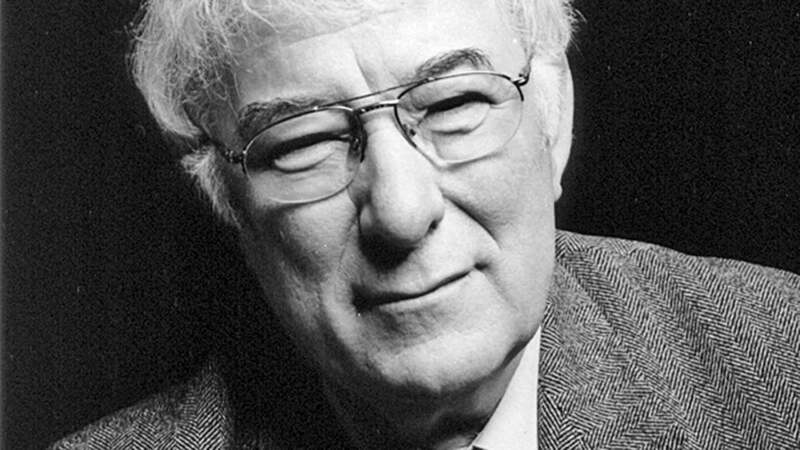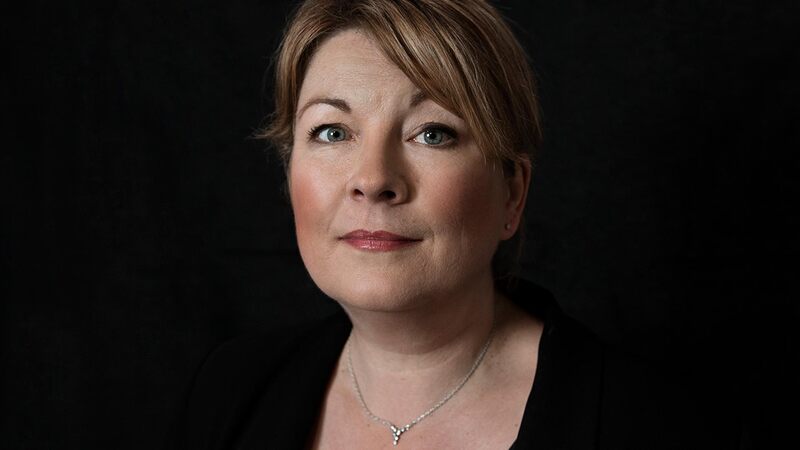You are viewing your 1 free article this month. Login to read more articles.
Breaking the mould
Listeners’ habits suggest audiobooks should get more experimental in length and form.
You know that feeling when you pick up a hefty book and it feels a little daunting? Well the equivalent even exists with digital audiobooks. There’s often a glaring tab shouting 21h 15 mins or 9h 8mins at you. For some, me included, that feels like a chore – even when I know I can multitask while listening. But every time my eye catches one of these, it raises the same point to me. Why are audiobooks only ever (mostly!) still published like this? Just pure mirror readings of the full-length book.
Part of the answer, at least in the English-speaking world, no doubt relates to Audible’s original one-book/one-credit model. Customers subconsciously gravitate towards longer titles to achieve a greater sense of value for money. And publishers remain happy as their list price will be higher on a longer title. Win-win right? Until now, maybe.
Whilst Audible’s presence is still resonates strongly, the audiobook world has changed beyond recognition in the last eight years. The wealth of platforms and listening destinations has skyrocketed, business models shifted, the format’s popularity has grown immeasurably, hundreds of thousands more titles have been recorded, podcasts have finally emerged as a mainstream entertainment medium and so much more. Yet, the format has pretty much stayed the same.
Publishers have always been gamblers – it’s the very nature of acquiring rights – but as the creators of the very format at heart of all this excitement, they haven’t shifted their stance. There’s been very little in the way of adapting to the wider opportunity or experimentation with the format itself. Outside the US and UK, Audible is no longer essentially the monopoly, the dominant force dictating the perceived value of a book, what we listen to, how much its worth to the publish or the very format itself, yet their spectre still looms and seeming dictates the mindset of how to publish audiobooks. Inside the Audible-dominated markets their chokehold remains. (Note: Spotify’s premium spin into the UK and Asutralian markets is still too nascent to analyse.)
As platforms now freely disintermediate the traditional publisher and acquire audio rights directly, as platforms are creating royalty-free original content and as listeners have millions of podcasts to choose from, there’s an inherent and obvious need in my mind for publishers to break the mould, play platforms at their own game, capitalise on consumers’ actual behaviour and reap the rewards.
There’s a need for publishers to break the mould, play platforms their own game, capitalise on consumers’ actual behaviour and reap the rewards
Analysing basic listening data from across Beat Technology’s platforms the average listening time per day is 41 minutes. That is a podcast habit.
Aside from longer car journeys or repeat listens to kids content, audiobook listeners listen on their morning and afternoon commutes, a little before bedtime or on shorter activity bursts such as a run or a gym session. Not only do the length of podcasts cater to these activity bursts perfectly, but they are scheduled and serialised in a manner to encourage continuous and repeated engagement. The short-form publishing plan is habit-creating. It is the hook. Whether by scheduled serialisation or allowing readers to dip into a whole series at will, this revised method of publishing offers a continuous renewed level of interaction with the reader. And what’s more, short-form publishing or serialisation aren’t new concepts to publishing. Far, far from it. But, for the most part, they’ve been long-forgotten by trade publishers in the digital age.
Examples of audio shorts from traditional publishers are thin on the ground (and I welcome publishers to contact me with more of their own examples please), but an easily-replicatable example from my own career is from Roald Dahl’s adult fiction catalogue. Faced with the task of conjuring a unique way of re-presenting Dahl’s short story collections in audiobook form, Penguin UK’s audio team excelled themselves. Fifty-five short stories were recorded as individual titles, each with its own ISBN and carefully crafted metadata and each with a beautifully designed schematic for the jackets. This was the perfect execution of splitting longer-form print titles into a new and relevant consumption format for digital audio, encouraging the listener to keep coming back for more. How’s that for an easy template? There aren’t many publishers without short collections.
In non-fiction – perhaps replicating the Blinkist platform’s ultra-popular method of short-forming works – Portugal’s leading publisher Grupo LeYa publishes a running series of súmulas (summaries) of some of their most successful non-fiction titles, all marketed side-by-side encouraging the user to repeat listen to other titles in the súmulas category.
But the strongest short-form serialised audio collections I’ve come across is from superstar Norwegian crime author Jo Nesbø who has published three exemplary fiction series – Sjalusimannen (Jealousy Man), RotteøyaI (Rat Island) and Blodmåne (Bloodmoon). Each contracted to Nesbø’s traditional print publisher but initially windowed exclusively through the publisher’s own audio channel. And therein lies the promised land. A published commissioning exclusive new serialised short form content and publishing it exclusively through a D2C channel.
But of course – sadly – the strongest examples of short-form series are those commissioned, owned and presented by the commercial platforms themselves. Something that Spotify will no doubt undertake in the near future too. Series of audiobooks consumed regularly and feverishly to which traditional publishers have no input and from which they receive no revenue. Add to this the booming global podcast market and the threat to the standard audiobook feels even more acute.
The few examples mentioned here are straightforward, age-old publishing methods simply revisited and revised for the modern reader, but now befitting a modern consumer’s digital expectations – and now able to satisfy the habits of readers who want to read on the go and access the content they want, when they want it.



